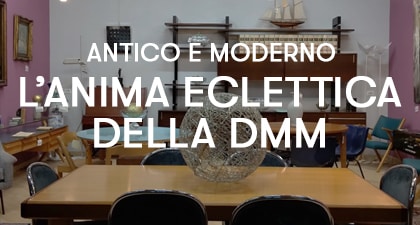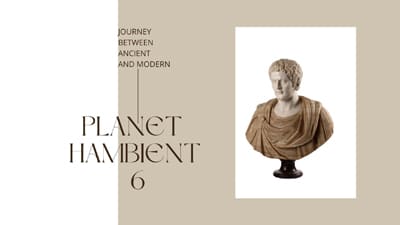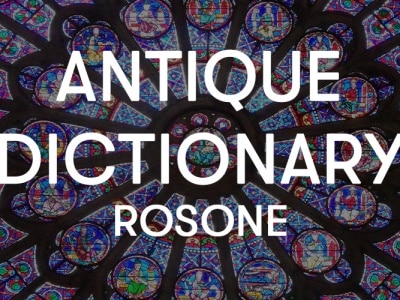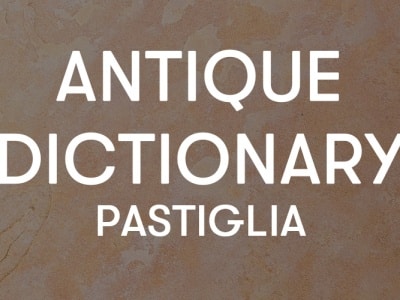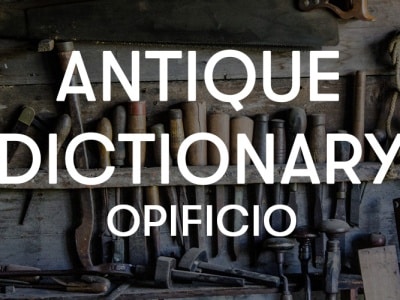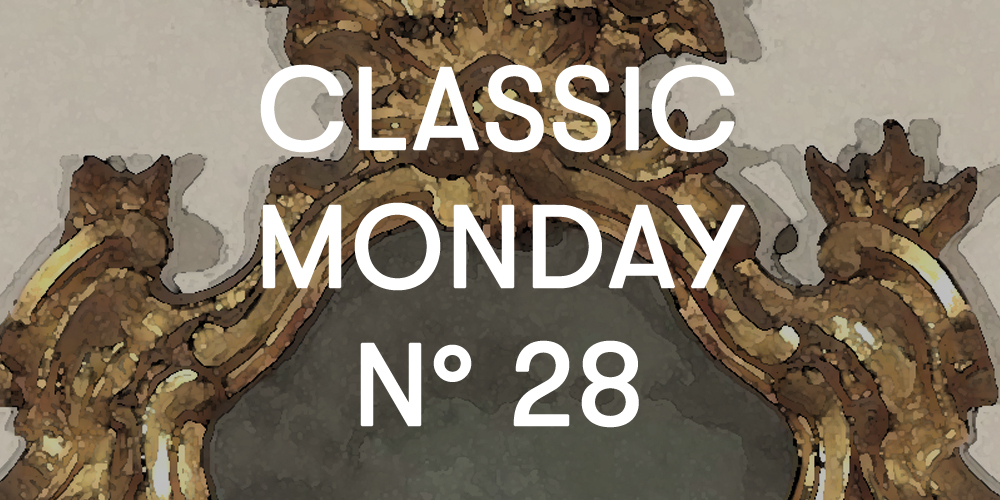
Studying an antique, knowing its materials, techniques and history, is the foundation of our work. Always very interesting is the analysis of the style, which allows to obtain important information about the period and origin of the piece.
If very often the history of styles is understood as a linear succession of different tastes according to the epochs, the reality is much more complex.
Often, some distinctive features of a particular artistic movement survive longer than we would expect.
This is especially true in the geographical areas in which they are most rooted, although certainly contaminated by new fashions.
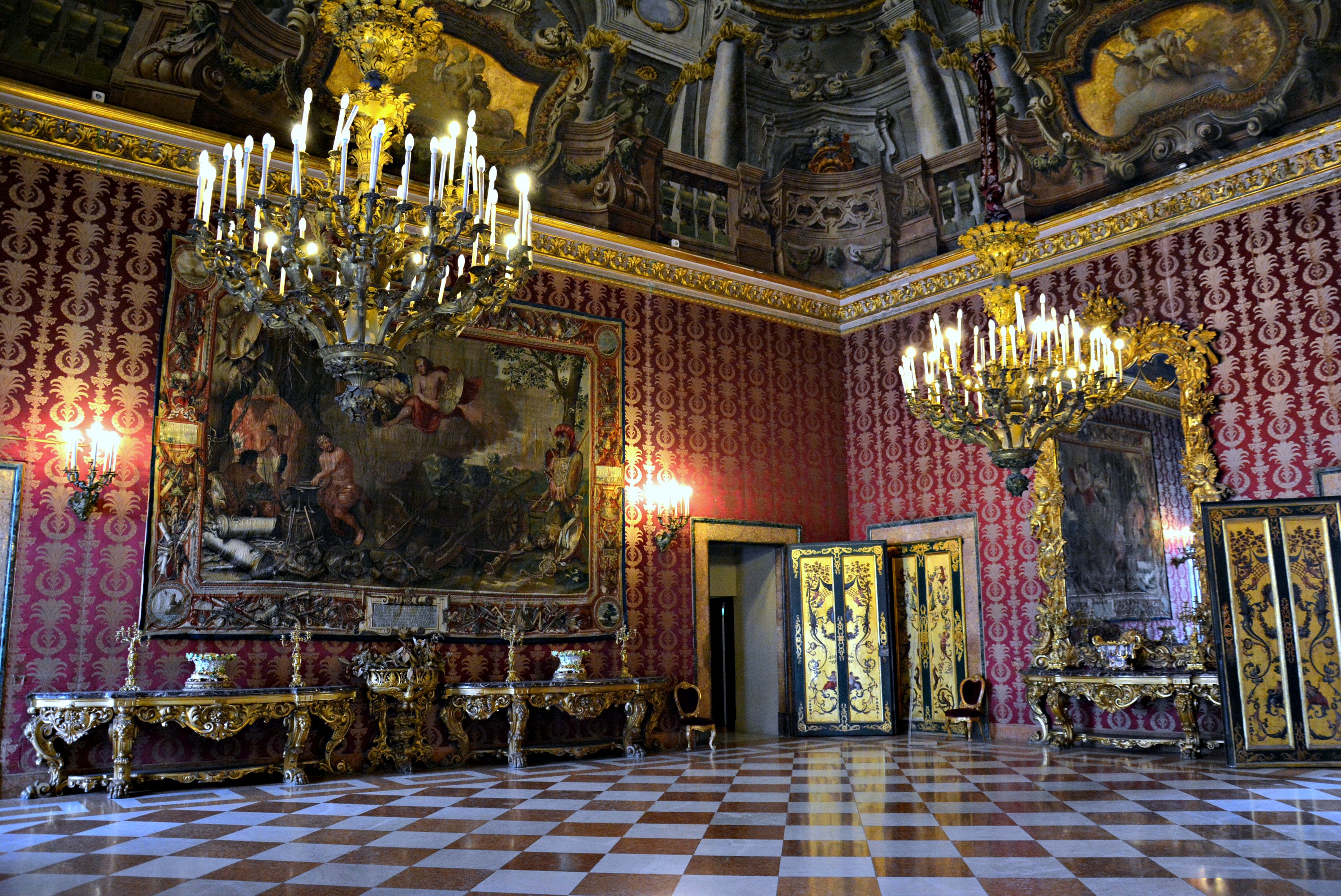
An example in this regard is the Central Italian production of the second half of the eighteenth century.
Throughout the seventeenth century and until at least 1730 the main taste was the Baroque. (here an in-depth analysis on our portal FineArt.)
The epicenter was undoubtedly Rome, home of a fervent cultural environment developed thanks to the papal foresight and the great aristocratic commissions. The undisputed protagonist was Gian Lorenzo Bernini. An artist active in the most important construction sites in the city, he worked with numerous collaborators who absorbed his working methods and style.
An intrinsic characteristic of the Baroque is the search for spectacle and theatricality.
The shapes are no longer linear, but broken and bursting. The eye can never dwell on a single point, but is continually attracted by the multiple and powerful diagonals of Baroque works.
Even the use of materials is not left to chance. Very colorful marbles are used with a great pictorial and scenographic effect. Gilding is widely used to further enliven the shapes with studied plays of light, but also to increase the feeling of luxury and wealth.
In Rome and in central Italy in general, the Baroque taste was so rooted and appreciated that it survived even in the second half of the century, when now in the rest of the peninsula and Europe they looked at lighter forms characteristic of the Baroque style.
If the name alone clearly denounces the derivation from the previous taste, the Barocchetto is however closer to the Rococo taste French.
The furniture attributable to this style is in fact characterized by more airy and light shapes, by foliaceous volutes defined as rocaille.
In central Italy you can therefore witness a very special production of furniture. The shapes and decorations are still affected by the nearby Roman Baroque, of tradition firmly rooted and still difficult to overcome, but show an openness to the new Baroque forms.
The protagonists of our Classic Monday are an example of this particular type of purely Central Italian taste.

They are in fact a pair of facing frames , which have a mirror decoration, to be presented side by side and a single frame, made in the third quarter of the same century.

These mirrors are in fact an interesting example of Baroque taste characterized by a strong Baroque connotation. The gouache gilding and curved lines enliven the surfaces.
If you can see timid rocaille decorations, the protagonist is still a purely Baroque setting.
Large architectural “Cs” mark its silhouette, as well as some decorative elements, such as the suns in the cymasa of its frames in pairs. Even more, clear inspiration to the fantastic and amazing taste characteristic of the Roman Baroque, are two small sculptures in the round in the single frame, which almost get lost among the rich carved decoration.
They are a pair of winged and confronted dragons, who look at each other menacing and who symbolically become bearers of a tradition that wants to amaze the observer and from which it is difficult to get away.







